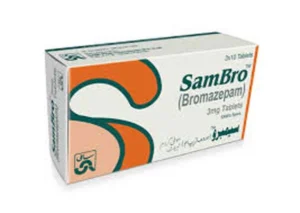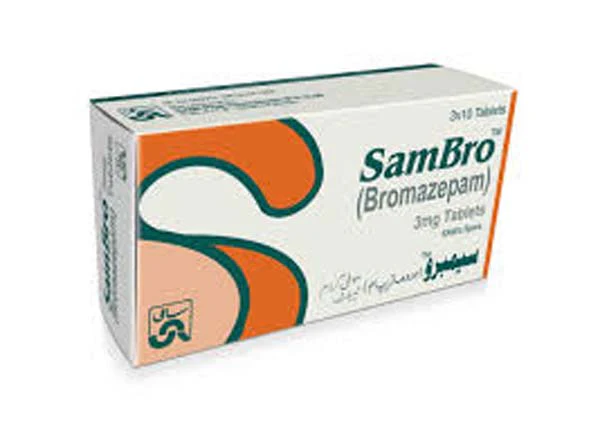
Sambro Tablet is a medicine that is commonly prescribed for different kinds of infections caused by bacteria or parasites. If your doctor has recommended this tablet, it’s important to know how it works, what it treats, and how to use it safely. This article will explain all the main Sambro Tablet uses, along with its benefits, dosage, side effects, and precautions — all in simple and easy-to-understand words.
What is Sambro Tablet?
Sambro Tablet is a combination medicine that usually contains two active ingredients:
-
Metronidazole
-
Diloxanide furoate
These are antibacterial and antiprotozoal agents, meaning they kill both bacteria and parasites that cause infections in the stomach or intestines.
It is commonly used in Pakistan, India, and other South Asian countries to treat gastrointestinal issues caused by infections.
Sambro Tablet Uses
Here are the most common Sambro Tablet uses:
1. Amoebiasis (Amoeba Infection)
-
Caused by a parasite called Entamoeba histolytica
-
Leads to diarrhea, stomach cramps, and bloating
-
Sambro helps kill the parasite and clear the infection
2. Giardiasis
-
Another parasitic infection of the intestines
-
Often causes watery diarrhea and weakness
-
Sambro works effectively to stop the parasite from spreading
3. Dysentery
-
Severe diarrhea with blood and mucus
-
Caused by bacteria or parasites
-
Sambro is used to treat this condition quickly
4. Stomach Infections
-
General infections in the stomach or intestines due to contaminated food or water
-
Sambro helps relieve symptoms and remove the cause
5. Traveler’s Diarrhea
-
Often occurs when traveling to areas with poor sanitation
-
Caused by bacteria or parasites in food/water
-
Sambro is commonly prescribed for fast relief
💡 Always use Sambro only after a doctor’s advice. Do not use it to treat normal viral diarrhea or the common cold.
How to Take Sambro Tablet
Follow your doctor’s instructions for taking this medicine. Do not skip or overdose.
General Dosage:
-
Usually 1 tablet twice or thrice a day
-
Taken after meals with water
-
Course lasts from 5 to 10 days, depending on the infection
For children, Sambro may be given in syrup form. The dose is based on body weight and age.
How Long Does It Take to Work?
Most people feel better in 2 to 3 days, but the full course must be completed to fully clear the infection. Stopping early may cause the infection to come back.
Common Side Effects of Sambro Tablet
Like all medicines, Sambro may cause side effects in some people. These are usually mild and go away on their own.
Common Side Effects:
-
Nausea
-
Metallic taste in mouth
-
Stomach upset
-
Diarrhea or constipation
Rare Side Effects:
-
Headache or dizziness
-
Skin rash
-
Dark-colored urine (usually harmless)
🚨 See a doctor immediately if you experience severe allergic reactions like:
-
Swelling of lips or face
-
Trouble breathing
-
Severe rash or itching
Who Should Not Take Sambro?
Avoid using Sambro if you:
-
Are allergic to Metronidazole or Diloxanide
-
Are pregnant (especially first trimester) or breastfeeding
-
Have liver disease
-
Are taking alcohol – avoid alcohol during and at least 2 days after using this medicine, as it can cause severe reactions (nausea, vomiting, flushing)
Important Tips
✅ Complete the full course even if symptoms go away
✅ Do not skip or double doses
✅ Store in a cool, dry place away from children
✅ Drink plenty of water while on this medicine
✅ Avoid alcohol during treatment
Final Thoughts
Sambro Tablet is a highly effective medicine for treating intestinal infections, especially those caused by parasites or bacteria. It’s commonly used to treat amoebiasis, dysentery, giardiasis, and other digestive infections. With proper use, most people recover quickly.
However, it is important to always use this medicine under a doctor’s supervision, and never self-medicate — especially when it comes to antibiotics or antiprotozoal drugs.


